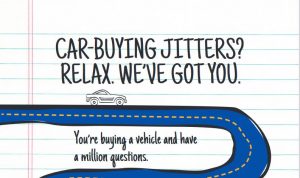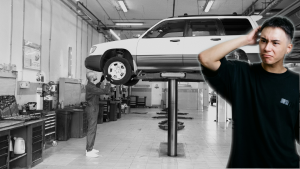Buying a car is one of the largest investment decisions many of us make after buying a home. It’s a big deal and an emotional time—all the more so when the car is used because of all the unknowns—was it driven hard? Or tracked? Was it in an accident? Or is it just a really good deal? It is important, then, to exercise due care before exchanging cheque for keys—whether buying from a private seller or dealer. But, where to begin? Here are five things you can check as a starting point.
1. Vehicle History

Google is your friend, and a quick search of the make/model/year of the vehicle you are interested in will often return a return a plethora of links to the good, the bad and the ugly about the vehicle you have in mind.
Ask the seller to show you the Used Vehicle Information Package (in Ontario, sellers are required to present UVIPs to all interested buyers) and don’t be afraid to ask the seller to talk about the vehicle’s history.
Of course, if the seller has been using MyRide901 to keep track of the service history and receipts, you’ve hit the jackpot (although you’ll likely have to pay a higher price for the added value) —provide your email address and ask the seller to share it with you!
2. Rust, paint and body damage
In bright light, do a 360-degree walkaround of the vehicle, starting from the left front, and proceeding counter-clockwise to the left rear, back of the vehicle, right rear, right front, and finally the front. Look for rust spots, paint chips, scratches and areas where the gap between body panels differs in size—usually indicating one of the panels has been replaced after an accident.
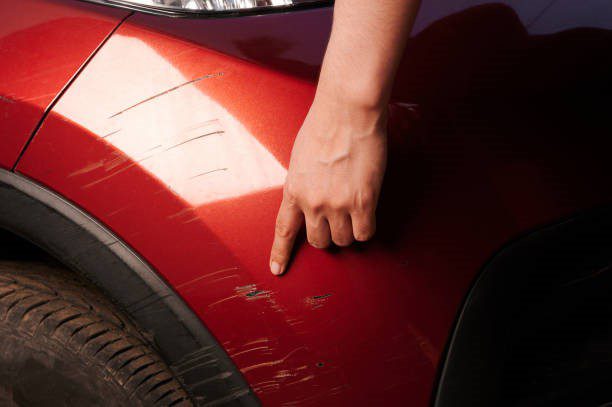
3. Tire condition
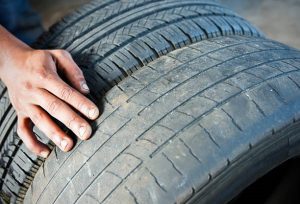
During your walkaround, have a look at the tires. Check the DOT code on the sidewalls to determine their age (see our article on How Tires Are Measured if you need help deciphering the DOT code). Look for bulges, cracks or other irregularities that indicate the tires need to be replaced; and add this to the price you will pay.
Finally, check the tire treads. Uneven tread wear is often an indicator that the vehicle is out of alignment as a result of suspension, frame or steering issues. This can be confirmed with a test drive as alignment issues will cause the vehicle to veer to the right or left.
4. Mileage
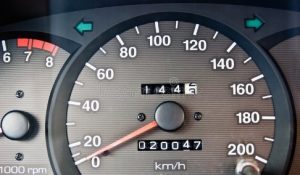
Check the mileage for the vehicle. A good rule of thumb to determine whether the mileage is on the high or low side is, divide the number on the odometer by the vehicle’s age. Given the average annual mileage for a car is 20,000 km*, a five-year-old car with 360,000 km on the clock would be considered a high-mileage vehicle; whereas a seven-year-old vehicle with 95,000 km would be considered low mileage.
Check when (what mileage) costly maintenance items, such as timing chain/belt replacement, are due; and whether these will be coming up soon. If so, add this to the price you will pay for the vehicle.
5. Mechanical Inspection
Before purchasing a used vehicle and to avoid costly surprises, you may want to consider taking the vehicle to a mechanic you familiar with for an pre-purchase inspection. If the vehicle has any underlying problems or maintenance issues that could develop into problems later, a good mechanic will find them.
Plan on $100 – $200 for an inspection. That said, if you plan to pay upwards of $20,000 for a used vehicle, it’s money well spent.

*Average annual mileage will vary by car; however, in the absence of other data, this is a cheap and cheerful, high-level figure.
Got a Used Vehicle story you’d like to share? Contact us and let us know—we’d love to hear from you!


